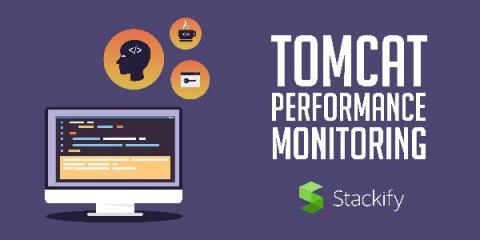What to Do About Java Memory Leaks: Tools, Fixes, and More
Memory management is Java’s strongest suit and one of the many reasons developers choose Java over other platforms and programming languages. On paper, you create objects, and Java deploys its garbage collector to allocate and free up memory. But that’s not to say Java is flawless. As a matter of fact, memory leaks happen and they happen a lot in Java applications. We put together this guide to arm you with the know-how to detect, avoid and fix memory leaks in Java.









